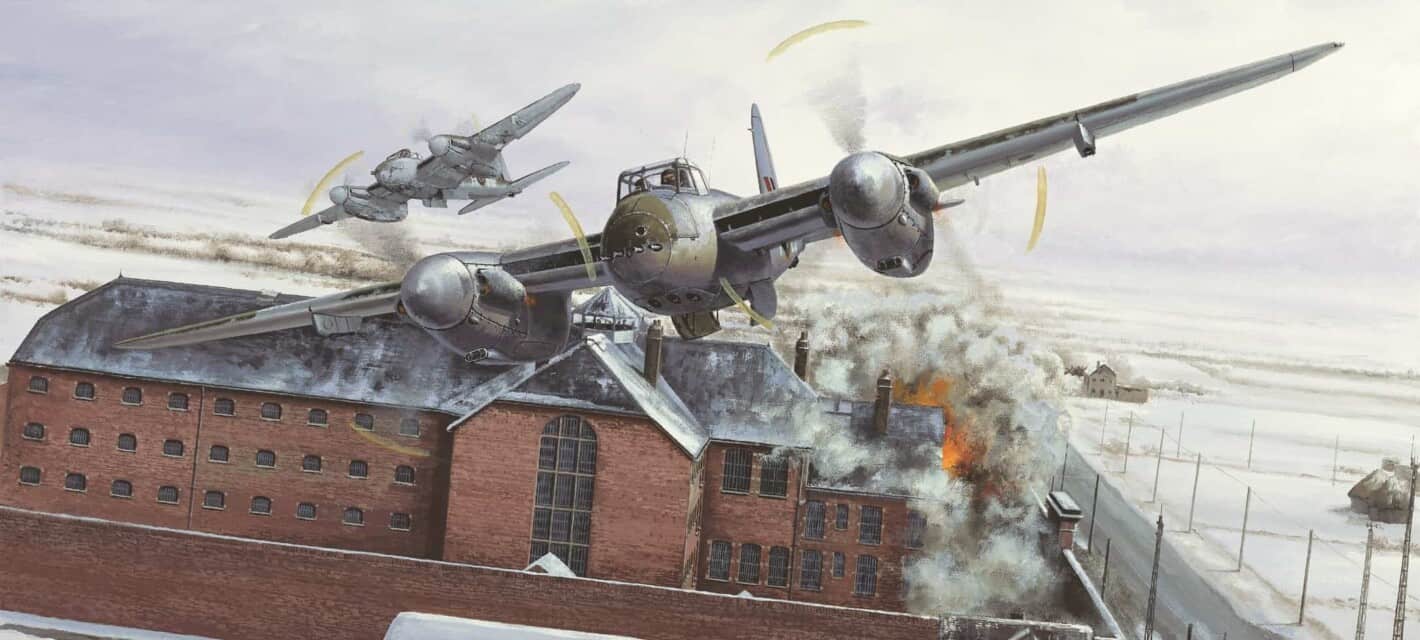World War II, the greatest conflict in human history, was fought on a massive scale that boggles the imagination, with over 100 million combatants directly engaged in fighting that spanned the globe. The war’s seemingly insatiable maw chewed out and spat out victims by the hundreds of millions, including up to 70 million soldiers and civilians dead, and many times that number wounded. It was an event chock full of fascinating details, but because of its sheer scale, many such details have slipped through the cracks of common knowledge, and for most people, they are little known today. Following are twenty such fascinating but lesser known WWII details.

20. The Japanese Plan to Burn the American Northwest
Late in the war, the Japanese launched the Fu-Go (“Code Fu”) weapon: hydrogen balloons carrying 70 pounds of explosives or incendiaries. Planners calculated that when released in Japan, the jet stream would carry the balloons over the Pacific Ocean until they reached North America, where their bombs would drop on cities, forests, and farms. The planners’ dearest hope was that the balloon-borne bombs would ignite devastating wildfires in the heavily forested Pacific Northwest, wreak havoc, and cause widespread panic. The technology was brilliant in its utilization of cheap materials to launch a simple device capable of reaching an enemy’s homeland, thousands of miles away. The Fu-Go fire balloons were technically the first weapons ever with an intercontinental range. In that respect, they preceded both the American B-36 Peacemaker bomber and the Soviet R-7 intercontinental ballistic missile.

The first Fu-Go was released on November 3rd, 1944, followed by 9300 more in subsequent months. Planners calculated that about 10% of them would make it across the Pacific to North America. Within days, the first balloon was found floating near Los Angeles, and soon, others were found as far away as Wyoming and Montana. To avoid panic, authorities in the US and Canada imposed a news blackout on the fire balloons. That kept civilians from panicking, and also kept the Japanese in the dark about the impact of their campaign. The greatest hoped-for effect, the sparking of massive wildfires in the forested Pacific Northwest, never materialized because unusually heavy rains kept the forest too damp to ignite. Between that and the news blackout, the Japanese eventually concluded that the Fu-Gu campaign had been a complete flop, so they gave up and abandoned it in April of 1945.

